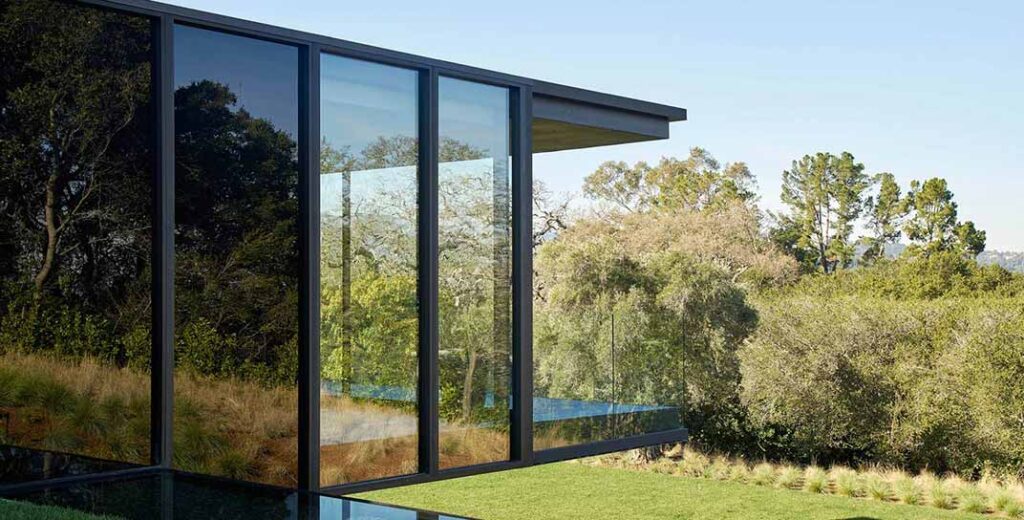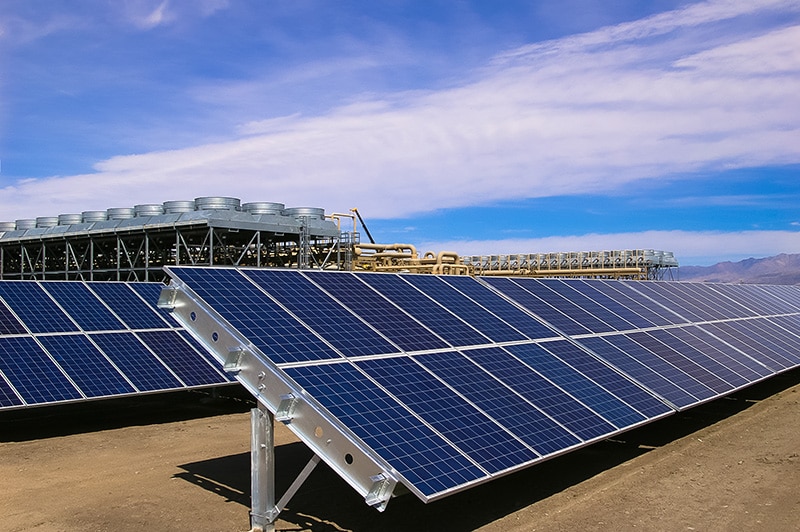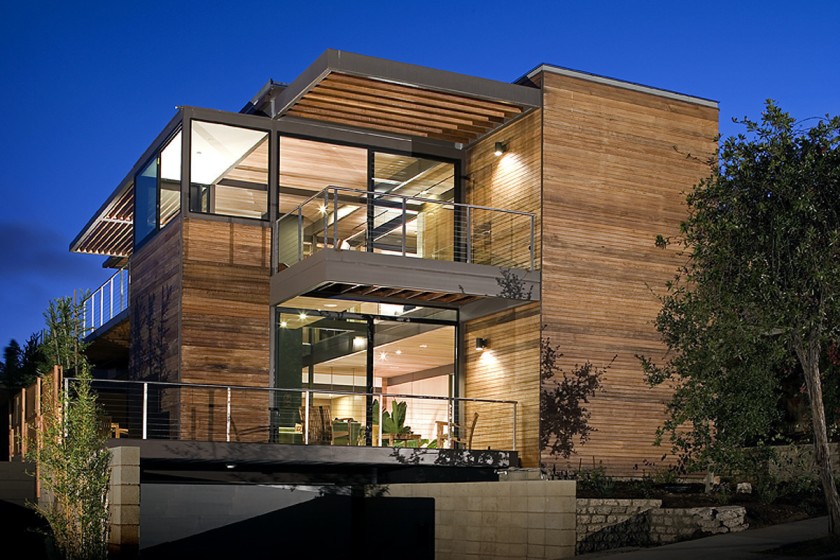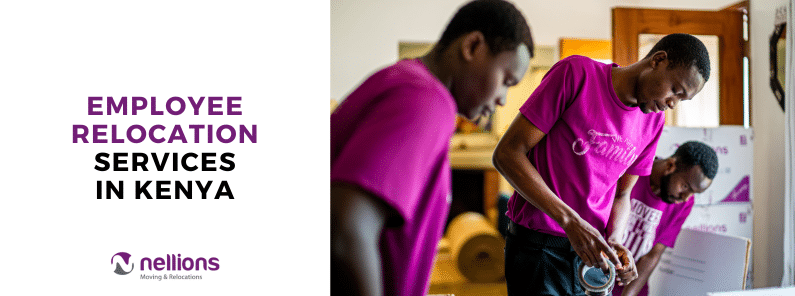With the world becoming increasingly concerned about the effects of climate change and society growing more environmentally conscious, building homes and project owners are looking to implement sustainable practices when building their homes. Thankfully, new advances in technology and construction materials have expedited such projects with environmentally-friendly processes that lead to better efficiency.
Sustainable housing, green homes, or eco-friendly buildings are highly efficient regarding resource and energy use. They have minimal impacts on the environment and their primal principle is to promote quality life while enhancing reliability, reduced life-cycle environmental impacts, reduced maintenance, less waste, and the reuse of the materials. Not only are these eco-friendly buildings efficient and affordable in terms of maintenance, but they also increase the resale value of a property, particularly in a forward-thinking market.
The best part about building homes is that it is no rocket science. Making one is a simple task that calls for the use of sustainable tools or materials. Better yet, you can make an already constructed home sustainable through various renovations.
There are so many ways that a home can be made sustainable, but before we explore the tools for building homes, let’s learn a bit more about what makes a home sustainable.
What Makes a Home Environmentally Sustainable?
There are so many environmentally-friendly practices that you can apply in various capacities to make your home sustainable. These processes can be applied when designing and building homes, during renovations, or simply when you want to convert your house into a smart home.
Sustainable building ideas can be incorporated in:
- Construction materials and processes
- Lighting and décor options
- Windows, insulation choices, heat, ventilation, and air conditioning
- Home appliances & plumbing fixtures
- Use of smart systems
- Energy generation from solar and wind
- Water harvesting and conservation
Deciding Whether Buying, Building, or Retrofitting Homes for Sustainability
Choosing between buying or building a green home or retrofitting your existing home is no easy feat. While building homes one may need a significant upfront cost. It also is more efficient thanks to the latest technologies and approaches that can be incorporated to benefit the environment in the long run.
The choice also depends on various other considerations such as location, accessibility, convenience to social amenities, schools, and shopping malls. Of course, you can choose to move, but retrofitting your house into a smart home is still a smart choice if you desire to stay put.
That said, here are 7 innovative tools you can use to build a sustainable home:
- Green Roofs

Sustainability isn’t all about using materials that emit their own energy or those that help in eliminating the need for energy. This negates the need to continually repair, manage, and replace building resources, which could save you a lot in terms of money and time.
Conventional roofing materials such as asphalt shingles or wood shakes often raise, crack, or fade. This makes your roof ugly by rendering them energy pits since they allow air and moisture to seep through the house forcing you to implement other costly measures to manage it. These roofing options also require so much attention which calls for regular maintenance.
There are great alternatives – green roofs, also known as living roofs. These roofs are built to hold plants growing on the roof to catch and filter rainwater as well as insulate the house. Grass, flowers, bushes, and other plants make such alternative roofing material. Absorbing rainwater into the soil reduces air conditioning costs in your home. Although these roofs are common in commercial buildings, green roofs can be incorporated into residential homes.
Another alternative to sustainable roofing materials is composite roofing shingles. Also known as synthetic roofing shingles, they are made from a combination of several roofing materials including fiberglass, recycled paper, asphalt, among others. These roofs are fire-resistant, don’t have problems with moisture, are durable, and true to the natural aspect of traditional roofing materials. They are also easy to maintain.
- Smart Glass Windows

Over the past few years, one of the widely adopted sustainable trends in the property sector has been the use of large windows that allow enough natural light inside the building reducing the need for electric light. The merits of this process cannot be understated, but they can easily be compounded by adopting the use of smart glass windows.
Smart glass is an innovative material that is characterized by its ability to change its heating properties depending on how air conditioning is applied in your home. During summer, for instance, they become translucent those block heat wavelengths that strain your air conditioning machine. On the contrary, it becomes transparent in winter to allow as much light as it can for easy heating.
As such, smart glass is an environmentally efficient option that can be incorporated into your green home as it saves you on air conditioning costs and lighting apart from negating the need to purchase a lot of other lighting enabling fixtures such as motorized light screen/blinds/curtains.
They provide a wide range of sustainability benefits and on top of their efficiency in energy-saving via solar energy management and control, and daylight harvesting, they enhance your well-being and productivity as well as the security of your home.
- Solar and Geothermal Power

Solar panels are no longer the fancy tech for the rich. Today, property builders incorporate solar panels as alternative energy sources in buildings to help buyers looking for more innovative and sustainable ways of living. This and geothermal power make clean sources of renewable energy.
These two options are quite significant in providing a lightweight, long-term, and cost-effective way of boosting energy efficiency at home. Solar panels, as the new trend, can make your home aesthetically pleasing and far from being inexhaustible. They can be installed on any home, whether newly built or is centuries old. The design of the house, where it is located, and how you have installed these units, however, will determine how much energy you will harvest and store.
Speaking of solar energy. Another way of leveraging its sustainable capabilities is by designing a building based on the passive solar concept. Houses built in this design uses no mechanical devices. Each aspect of the building relies on its design and solar power to manage and control the temperature. It can either heat the house in winter or reject heat in summer. Passive houses save cooling-related energy up to 90% compared to the typical building stock.
Geothermal power, like solar panels, may also require a significant upfront investment but in the long run, the possibilities of heating and cooling your home are almost limitless. Harnessing geothermal power allows heat from the earth to flow to your air conditioning system when it is cold and when it is excessively hot, the machine will easily drive heat away using the same principle as a heat pump.
- Eco-Friendly Insulation
Insulation is one of the key factors of a sustainable home. Typically, any form of insulation can be considered eco-friendly, that is if it sufficiently helps you incur fewer energy bills for your air conditioning purposes. It beats logic, however, for green home enthusiasts if the other insulating and construction materials such as fillers, batts, sprays, to name a few, are not sustainably obtained. It is even worse if they use toxic or contain traces of harmful chemicals used to aid in binding and fire resistance.
A good example of sustainable insulating material is hemp. This insulation material contains up to 92 percent natural hemp maintaining all of the heat shielding properties of traditional fiberglass or cellulose.
They have proven to be sustainable as they eliminate the need for premium finishes built from non-renewable sources. Using green materials and properly insulating your home goes a long way. It reduces energy consumption while substantially bringing down your electricity bills.
- Water Efficiency Technologies
A green home makes use of efficient water supply systems and reuses the resource without so much waste. The process includes dual plumbing, greywater re-use, harvesting rainwater, and conserving it.
Equipping your home with dual plumbing systems, for example, allows you to lower the sewer traffic. While improving the chances of potentially reusing the water on-site. Rainwater harvesting, on the other hand, allows you to have plenty of water for multi-purpose use including in toilets and sprinkler systems. One of the common ways of harvesting rainwater is by using rain barrels.
For water-conserving fixtures, you can use low-flow faucets, toilets, and showerheads. Incorporate this in building your green home if you are looking to conserve water. They cut down on your water bills since they reduce wastage.
- Use Sustainable Building Homes Materials
Far from proper insulation, cool roofs, and smart glass windows. Another innovative way of building a green home is by making use of sustainable building materials. Every part of your home should be environmentally friendly. Cabinets, counters, other roofing materials, and insulation products used for binding to your flooring, should all be eco-friendly. All these materials ensure that there is a reduced impact of construction on the environment.
Materials such as reclaimed lumber, recycled plastic, and glass, or other natural products like bamboo, linoleum, and cork, should be at the top of your list. You can also consider organic paints. They limit the negative implications to the environment since they easily disintegrate without releasing harmful chemicals.
While considering sustainable materials, also make sure that you include mechanisms that lessen energy consumption. Wood, for example, has a lower embodied energy in comparison to buildings made from steel or concrete.
Also, low emitting materials and products go a long way in protecting the environment while improving human health. Such materials apply to an extensive range of environmentally friendly construction products such as adhesives, paints, coatings, and sealants.
- Internet of Things (IoT)

Sustainable homes are highly energy-efficient, and with that comes smart technology. The Internet of Things brings together these two fields in an environmentally friendly way. Done by creating a green surrounding that saves a lot in terms of utility bills. This factor is a selling point in many green homes. But how does it contribute to sustainability?
For one, the IoT increases efficiency in sustainable homes. By allowing you to connect your gadgets such as smartphones, laptops, tablets, among others, wirelessly giving you the convenience of controlling them from the comfort of your seat. This helps in reducing energy consumption.
For example, if you invested in smart technologies such as motion sensors connected to your building’s lights. They will only illuminate when someone enters the room and goes off when they leave. Also, with innovative ideas such as smart plugs, you can turn on/off electronic devices while away from home. This reduces costs and energy.
IoT also helps in supervising energy consumption in both building homes and commercial buildings. You can implement IoT devices into a building’s management system to better monitor these utilities. This way, you know which are the culprits and hence how you can make it energy efficient.
There are a plethora of innovative tools, techniques, and ideals for sustainable home building out there. All these options can add value to your home. Reduce its negative impacts on the environment while at the same time ensuring that your home performs better. A little research into the kind of materials to use alongside other investments to make for constructing such a home. You can consult with your project builder, an architect, or a landscaper for information on the same. They will help you go green, and when you are ready to move. You can always reach out to a good moving company that will expedite the process.











